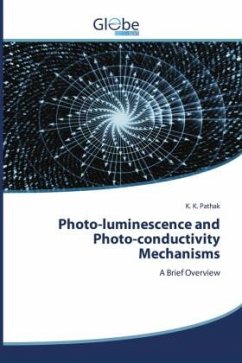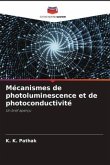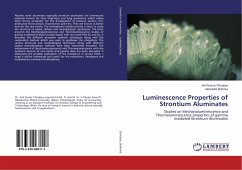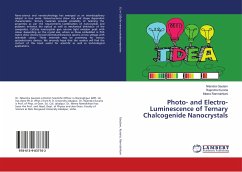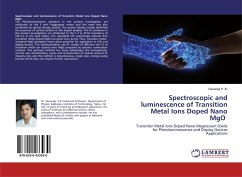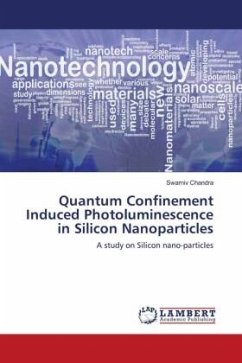Photoluminescence (PL) is an optical phenomenon that semiconductors give light emissions by absorbing incident light whose energy is higher than the energy band gap of the semiconductor. Photoluminescence (PL) is used to investigate the separation of photogenerated charge carriers because the PL signal generally resulted from recombination of photogenerated electron-hole pairs. Thus, high PL intensity indicates more recombination of charge carriers, whereas lower PL intensity suggests the maximum separation of charge carriers, which is very useful for efficient photocatalytic performance. Photoconductivity is an optical and electrical phenomenon in which a material becomes more electrically conductive owing to the absorption of electromagnetic radiation, such as visible light, ultraviolet light, infrared light, or gamma radiation. When light is absorbed by a material, the number of free electrons and holes increases and raises its electrical conductivity.
Hinweis: Dieser Artikel kann nur an eine deutsche Lieferadresse ausgeliefert werden.
Hinweis: Dieser Artikel kann nur an eine deutsche Lieferadresse ausgeliefert werden.

